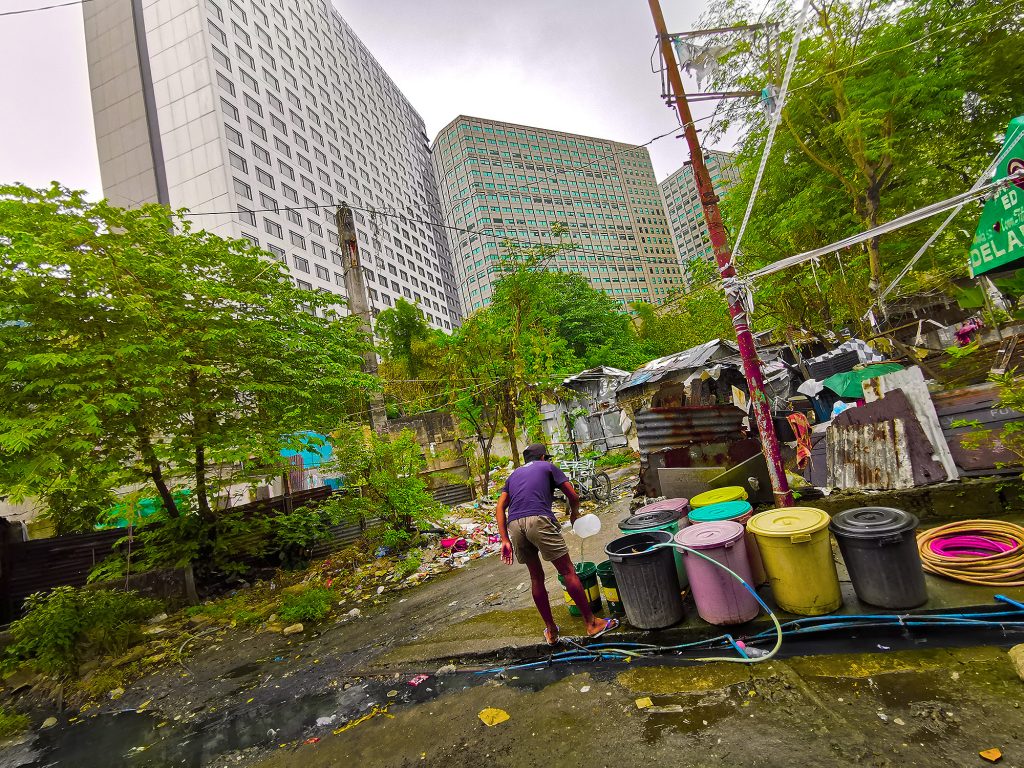
Slums are the most visible expression of the polarization of wealth and power in the city, says the United Nations.
Every day, I witness this reality when I look out of my window.
In the urban poor community of Sitio San Roque in the middle of Quezon City in the Philippine capital live a variety of people who, even in their senior years, continue to nourish a dream of a brighter future.
Paz Casindac, 74, a former garment factory worker and a widow, is saving whatever amount she can have to be able to avail of a housing project promised to residents of the community once their houses are demolished.
Paz has to pay about US$31 a month for the next 25 years to be able to have a house she can call her own. She would be 99 years old by the time she finishes paying for it.
Anita Orallo, 50, is married to a construction worker. She sells bundles of rags and earns six pesos (about US$0.12) for every bundle should would sell. She too wanted to have a house of her own.
Macawares Naharaman, a construction worker at night and a rag maker during the day, hails from the city of Iligan in Mindanao. He has been trying to survive in the national capital for 20 years already and is renting a shanty in Sitio San Roque with his wife and four children.
Sitio San Roque used to be grasslands. It was reportedly part of the estate of a certain Eulalio Ragua in 1908. After the Second World War, the piece of land was taken over by the Tuason family who turned it over to the Philippine government.
Former World War II guerrillas later settled in the area. They were followed by a steady stream of migrant settlers from the provinces with nothing but hope for greener pastures in the big city.
Until now they continue to look for that green pasture as the government prepares to demolish their community to give way to a commercial center.
Soon, my neighbors will be leaving me behind in my high-rise condominium, a legacy of my own five decades of search for my own pasture.
Source: Licas Philippines
0 Comments